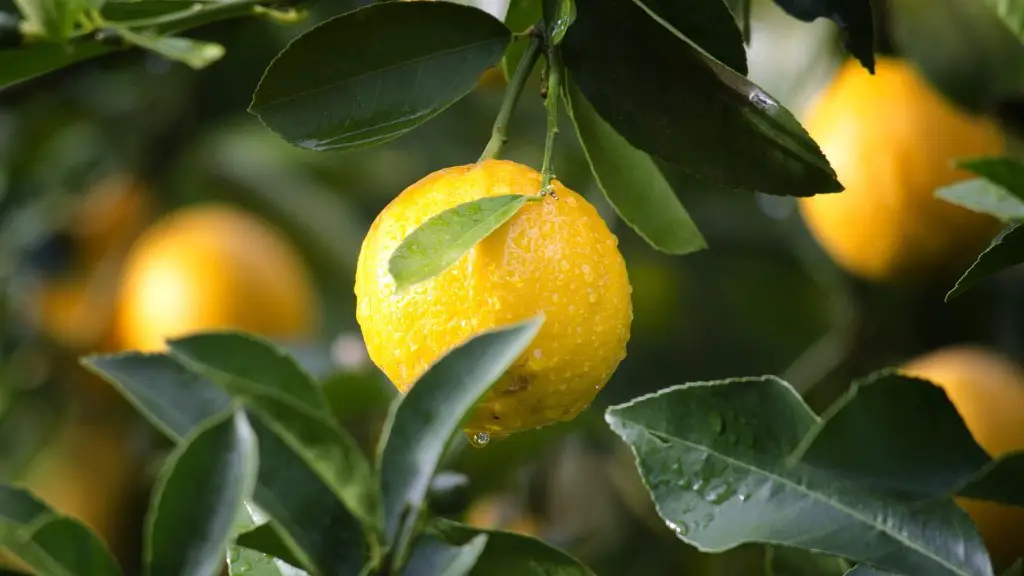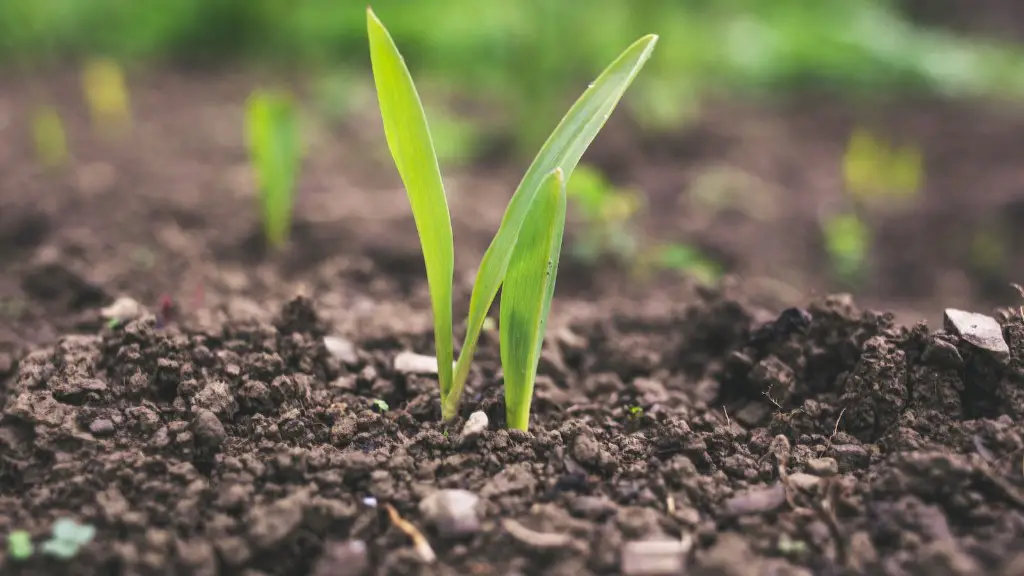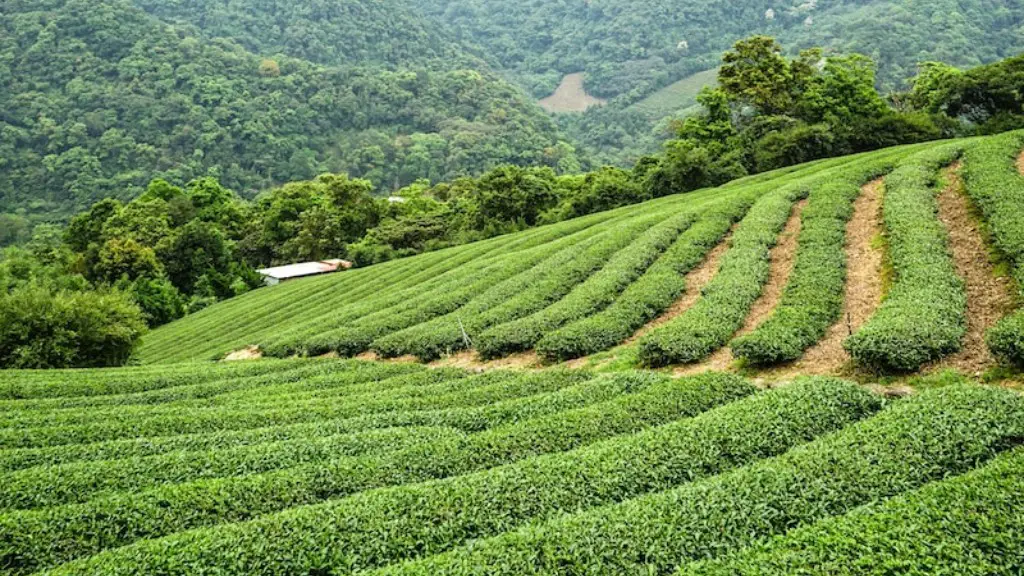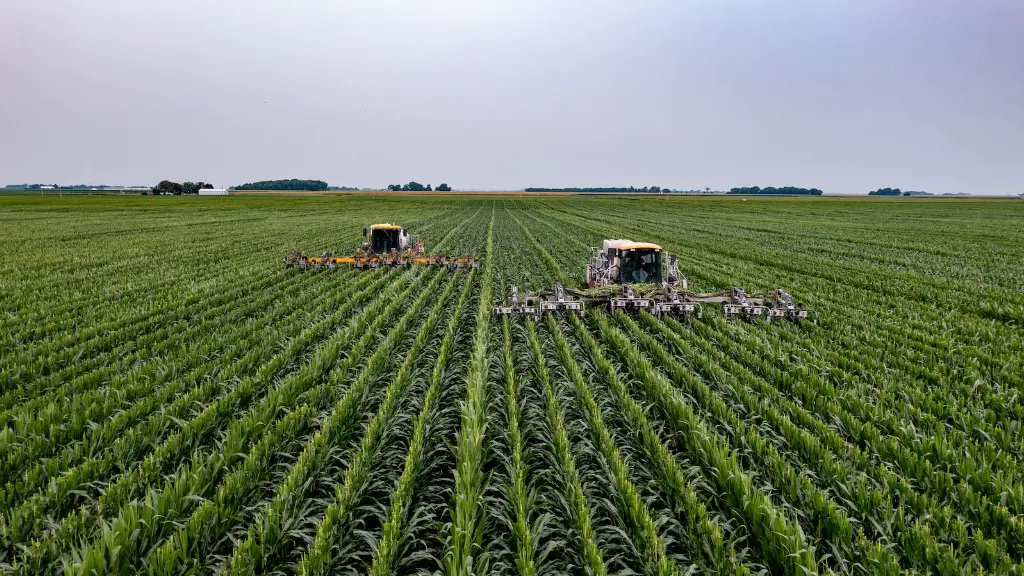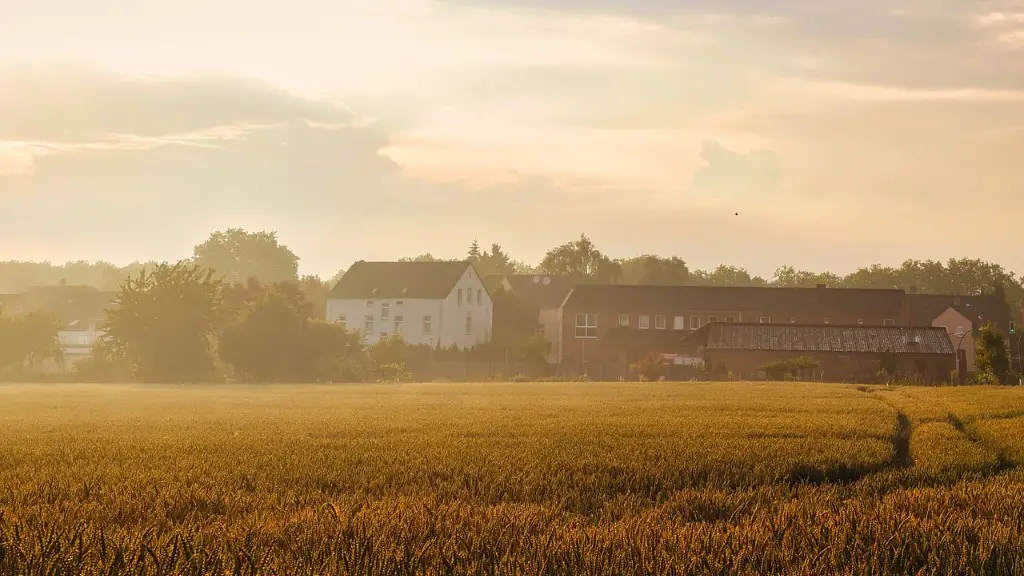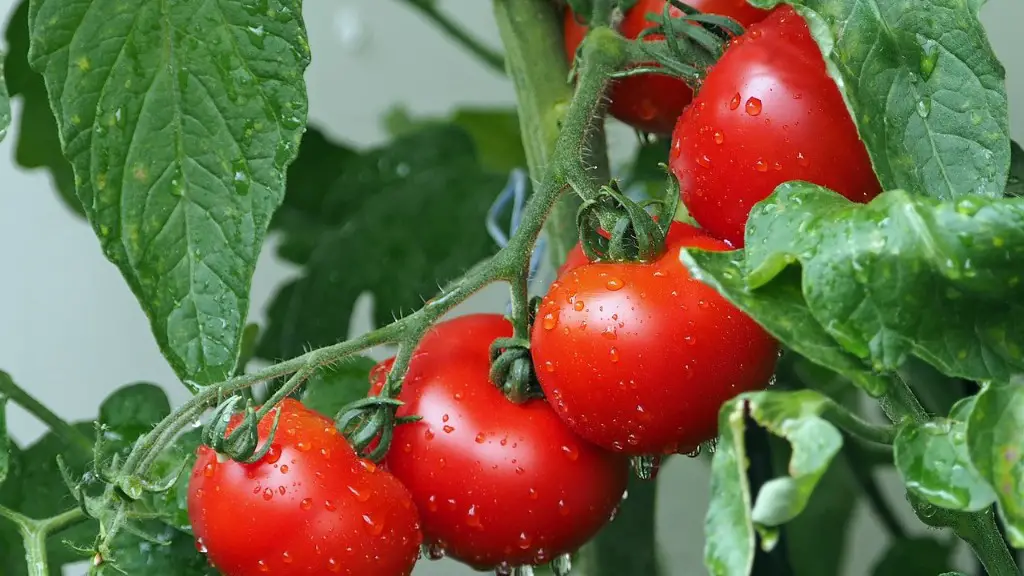The beginnings of agriculture are some of the most important milestones in human history. It has been argued that agriculture is what allowed civilizations to form and grow. Before agriculture was invented, human beings had to rely on hunting and gathering to subsistence, putting them at a major disadvantage when compared to their tribal neighbors who had access to agricultural resources. In the simplest terms, agriculture is the cultivation of plants and animals with the intent of providing food for human consumption. It begins with people cultivating select species of plants for their edible fruits, grains, and other resources.
The origins of agriculture likely began due to the simple process of selection. Early humans would have observed their environment and noticed the plants that produced the most abundant and nutritious fruits, grains, and other resources. These plants were then cultivated and harvested, resulting in the earliest form of agricultural practices. Over time, other plants were cultivated, as well as animals, this allowed ancient cultures to have access to a wide range of resources that could be used for food and trade.
It is thought that this process of selection and cultivation began in the Middle East and Africa, as it was here that some of the earliest known evidence of agriculture can be found. Evidence suggests that some form of agriculture was practiced in the region as far back as 12,000 BCE. However, it wasn’t until much later, perhaps 6,000 BCE, that agriculture spread throughout the rest of the world. This meant that people in these other areas also had access to the nutritional benefits provided by a variety of food sources.
Agriculture has been vital for the development of the modern world. Without it, the civilizations and societies of today would not exist. By providing people with access to nutritional food sources and resources such as hops, grain, and livestock, agriculture has given us the building blocks for how our society has progressed and developed. It is for this reason that we can say that the invention of agriculture is one of the most important milestones in human history.
Early agricultural practices enabled humans to settle in areas by providing them with a steady and reliable source of food. This allowed ancient cultures to form and grow; it is thought that the earliest forms of civilization, such as those found in Ancient Egypt and Mesopotamia, began as a result of these agricultural practices. By providing a secure and reliable food source, humans were able to form communities, establish laws and governments, and, ultimately, thrive.
The development of agriculture has been vital for the creation and growth of modern civilizations. Agriculture has given us access to a variety of nutritious and reliable food sources, enabling us to form communities, societies and civilizations. We can thank the invention of agriculture for providing us with the building blocks for our modern world.
The Means of Agriculture
Agriculture primarily relies on two main practices which are crop cultivation and animal husbandry. Crop cultivation is the process of planting, tending and harvesting crops such as grains, fruits and vegetables. Animal husbandry is the practice of taking care of, raising, and breeding animals such as cows, sheep, and chickens. Both practices are used in farming today and are crucial for providing food for the world’s population.
Crop cultivation is the oldest form of agriculture and involves the careful selection of the plants that will yield the most food. Early man would have observed the plants that were most abundant and nutritious in their environment and instinctively cultivated these plants for their food sources. This basic practice of selective cultivation is thought to be how agriculture began.
Animal husbandry is thought to have been first practiced by early pastoralist societies. These societies used livestock as a source of food and clothing, as well as companions and labor. Herding techniques enabled early societies to move their livestock to different areas where they could find more food, allowing them to explore new lands and gain access to additional resources.
Both crop cultivation and animal husbandry have allowed us to create a food supply sufficient enough to sustain large populations. Today, agriculture is an important part of the global economy, providing jobs and food sources to millions of people.
Modern Means of Agriculture
Modern agriculture takes many forms, from small-scale family farms to intensive large-scale industrial farms. These two methods of production use different techniques and technologies to maximize the yields of crops and livestock.
Small-scale family farms are still found in many parts of the world, relying on traditional practices such as crop rotation and animal husbandry. These farms are typically run by one family and are focused on providing a source of food for the family and their local community.
On the other hand, large-scale industrial farms typically rely on mechanization and specialized equipment to maximize yields and reduce labor costs. Chemical fertilizers and pesticides are used to boost crop yields and reduce insects and pests, while specialized breeding and feeding techniques are used to optimize animal productivity. These farms are often run by agribusinesses and focus on producing a large amount of food at a reduced cost.
Modern agriculture has revolutionized the way food is produced, providing large amounts of food at lower prices. This has allowed us to provide food to more people in less time and to feed larger populations than ever before. As technology continues to improve, agriculture will continue to be an essential part of how we produce the food we eat.
Advancements in Agriculture
Many advancements have been made in agriculture that have drastically improved the way we produce and consume food. In terms of crop cultivation, advances in genetic engineering have improved crop yields and made it possible to produce higher-yielding, more robust plants. Chemical fertilizers and pesticides have given us the ability to manage pests and weeds, while mechanization has decreased the need for labor while increasing productivity.
Animal husbandry has also seen major advances over the years. Selective breeding has enabled us to produce larger, meatier animals with minimal input, while specialized feed and increased mechanization have allowed us to increase production levels with fewer resources. These advances have enabled us to produce larger amounts of animal products, such as milk, eggs and meat.
In addition, advances in storage technology have allowed us to extend the shelf life of food. Refrigeration has made it possible to store food for long periods of time, while canning and vacuum-packing has enabled us to store food for even longer. These advancements have allowed us to reduce food waste and ensure food security, even in times of crisis.
Advances in agricultural technologies have had a major impact on the way we produce and consume food. By allowing us to increase yields while reducing labor costs and food waste, these advancements have enabled us to produce food more efficiently, sustainably, and cost-effectively.
Environmental Impacts of Agriculture
The advances in agriculture have not come without a cost to the environment. With increased mechanization and the use of chemical pesticides and fertilizers, agriculture has been linked to several environmental issues. From water pollution to soil degradation, agriculture is responsible for many of the environmental issues we face today.
Water pollution is an issue that is linked to agriculture, as chemical fertilizers and pesticides used in farming can run off into nearby rivers and streams. This can lead to an increase in algae growth, which can reduce the quality of water and impact the health of local ecosystems. In addition, soil erosion can occur due to over-cultivation, which can reduce the soil’s fertility and ultimately lead to a decrease in crop yields.
As agriculture becomes more industrialized, it has become increasingly important to be aware of the environmental impacts of farming practices. In order to minimize negative environmental impacts, sustainable agricultural techniques, such as crop rotation and integrated pest management, should be used. In addition, farmers should pay special attention to their land management practices to ensure sustainability.
Ultimately, the environmental impacts of agriculture can no longer be ignored. In order to ensure sustainability and food security, it is essential that we take the necessary steps to reduce the environmental impacts of our agricultural practices.
Future of Agriculture
Given the ever-changing climate, the future of agriculture faces many challenges. Climate change is predicted to have a major impact on crops, leading to reduced yields and higher food prices. In addition, population growth and urbanization are expected to lead to a greater strain on resources, meaning that sustainable farming practices will be essential for providing food security.
The advances in agricultural technology offer hope for a more sustainable future. New technologies such as genetic engineering, hydroponics, and vertical farming offer the potential to increase yields while decreasing the environmental impact of farming. In addition, advances in storage and packaging technologies will enable us to store and transport food more efficiently and reduce waste.
Ultimately, these advances in technology will be essential in providing a secure and sustainable food supply. We must continue to invest in research and development, as well as sustainable farming practices, in order to ensure that future generations have access to food security.
